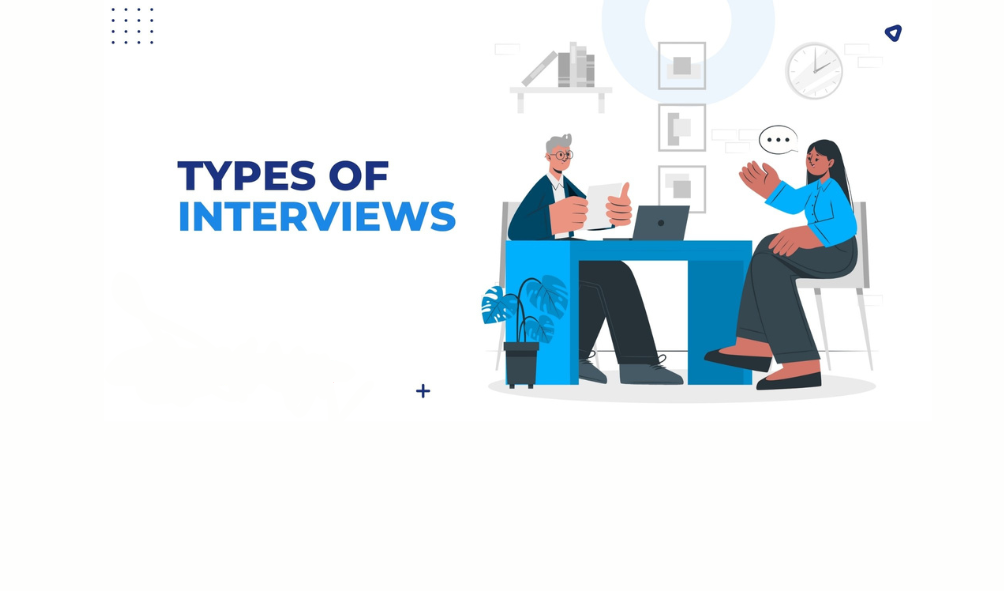
Interview: Interview Preparations
Interview Preparations – Before the Interview
1. Research the Company-Interview Preparations
-
Understand its mission, values, products, services, and culture.
-
Check recent news, blog posts, or press releases.
-
Review their LinkedIn and Glassdoor pages.
2. Understand the Role-Interview Preparations
-
Carefully review the job description.
-
Identify key skills and responsibilities.
-
Align your experience and skills with the role.
3. Know Your Resume-Interview Preparations
-
Be prepared to discuss everything on your resume.
-
Practice articulating your accomplishments using STAR (Situation, Task, Action, Result) format.
4. Practice Common Interview Questions-Interview Preparations
-
Tell me about yourself.
-
Why do you want to work here?
-
What are your strengths and weaknesses?
-
Describe a challenge you’ve faced and how you handled it.
5. Prepare for Behavioral & Situational Questions-Interview Preparations
-
Use the STAR method to structure your answers.
-
Think of 5–7 key stories that showcase your skills and adaptability.
6. Mock Interviews-Interview Preparations
-
Practice with a friend or mentor.
-
Record yourself to evaluate tone, clarity, and body language.
7. Prepare Questions for the Interviewer-Interview Preparations
Ask thoughtful questions like:
-
What does success look like in this role?
-
Can you describe the team dynamic?
-
What are the biggest challenges facing the team right now?
Day of the Interview-Interview Preparations
1. Dress Appropriately
-
Choose professional attire that matches the company’s culture.
2. Be on Time
-
Aim to arrive (or log in) 10–15 minutes early.
3. Bring the Essentials
-
Multiple copies of your resume.
-
A notebook and pen.
-
List of references (if requested).
During the Interview
1. Make a Strong First Impression
-
Greet warmly with a firm handshake (if in person).
-
Maintain eye contact and smile.
2. Be Clear and Concise
-
Avoid rambling.
-
Stay on topic and answer directly.
3. Show Enthusiasm
-
Express genuine interest in the role and company.
4. Be Honest
-
Don’t exaggerate or fabricate experience.
-
Admit if you don’t know something, but express willingness to learn.
After the Interview
1. Send a Thank-You Email
-
Personalize it with something specific from the interview.
-
Express gratitude and reiterate your interest.
2. Reflect and Take Notes
-
Write down questions you were asked.
-
Think about what went well and what could be improved.
3. Follow Up
-
If you don’t hear back within the expected timeframe, send a polite follow-up email.
Assess the Candidate’s Suitability
The employer evaluates the applicant’s:
-
Skills and qualifications
-
Experience and achievements
-
Personality and communication style
-
Fit with the company culture and team
Provide Information to the Candidate
The candidate can learn more about:
-
The role and responsibilities
-
The company and its culture
-
Opportunities for growth and development
-
Expectations and goals
Types of Interviews
-
Phone Interview – A short screening call to assess basic qualifications.
-
Virtual Interview – Conducted via video (e.g., Zoom, Teams).
-
In-person Interview – Traditional face-to-face meeting.
-
Panel Interview – Several interviewers meet with the candidate at once.
-
Technical or Task-based Interview – Focused on problem-solving or job-specific skills.
-
Group Interview – Multiple candidates are interviewed together.
Purpose of an Interview
For employers:
-
To choose the best candidate for the role.
For candidates:
-
To present themselves in the best light.
-
To decide if the company and role are a good fit.
Eye Contact
-
Do: Maintain natural, steady eye contact to show confidence and engagement.
-
Don’t: Stare aggressively or avoid eye contact, which can seem nervous or untrustworthy.
Facial Expressions
-
Do: Smile genuinely to convey warmth and enthusiasm.
-
Don’t: Look too serious, frown, or appear disinterested.
Posture
-
Do: Sit upright with shoulders back—it shows confidence and attentiveness.
-
Don’t: Slouch or lean too far back, which can appear lazy or bored.
Hand Gestures
-
Do: Use natural hand movements to emphasize points, but keep them controlled.
-
Don’t: Fidget, wave your hands too much, or hide them in your pockets.
Handshake (if in person)
-
Do: Offer a firm, confident handshake (not too hard or too soft).
-
Don’t: Avoid handshakes unless culturally or situationally inappropriate.
Feet and Legs
-
Do: Keep your feet flat on the ground or crossed at the ankles.
-
Don’t: Tap your foot, shake your leg, or cross arms/legs tightly (can show nervousness or defensiveness).
Voice and Tone (part of body language communication)
-
Do: Speak clearly, at a moderate pace, and with enthusiasm.
-
Don’t: Speak too quickly, too softly, or in a monotone voice.
Tip: Practice in front of a mirror or record yourself to become aware of your nonverbal habits.
Click Here For More Jobs Opportunities
Shoprite-medirite: Pharmacy Vacancies
Government Department of Infrastructure – Job Opportunities (25 Positions)
SAB Vacancies (X8 Posts)-Apply Now
Tsebo Cleaning & Hygiene Solutions: Cleaning Department (X7)